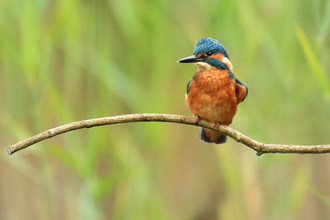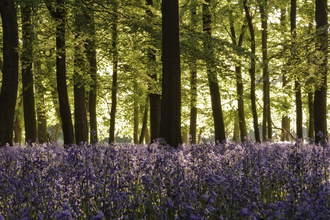One of the best parts of our job is seeing our hard conservation work pay off, especially when that pay-off comes in the form of a rare bird enjoying the fruits of our labour.
Paul Thompson, one of our fantastic volunteers, saw the bittern blending into the reeds at Doffcocker Lodge in Bolton. Though the site itself belongs to Bolton Council, we have been managing the reedbed on their behalf since 2008 with the help of a passionate group of volunteers.



